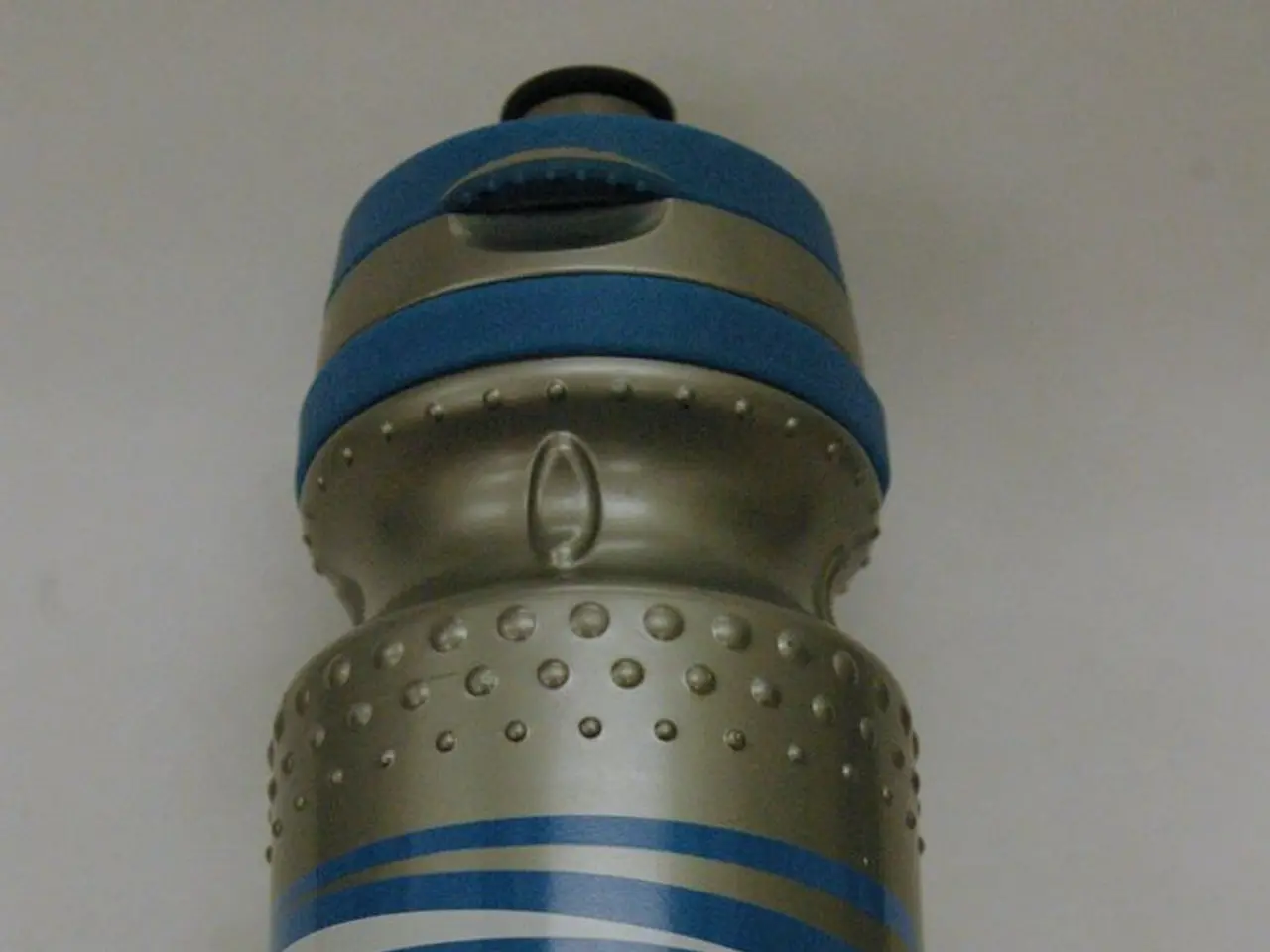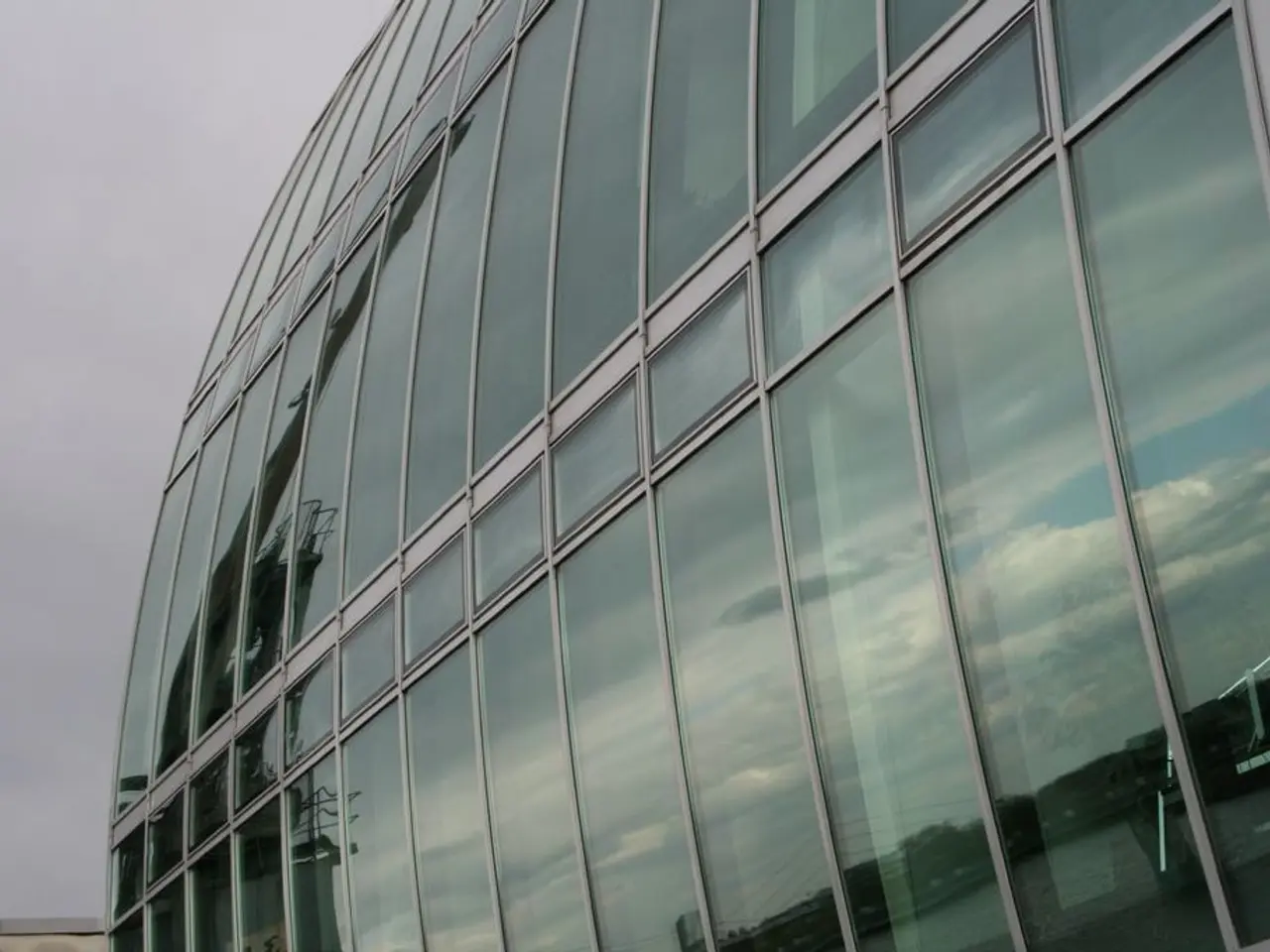Quantum realm experiences intense coldness.
Chemnitz, Germany - A new helium liquefaction facility at the Technical University of Chemnitz (TU Chemnitz) is set to revolutionise research in the field of quantum physics and materials science. While the search results do not explicitly detail the specific applications of superconductors and strong magnetic fields cooled at -269°C (4 K) at TU Chemnitz, the new facility opens up a world of possibilities for these groundbreaking technologies.
One of the most promising areas of research is the investigation of quantum materials and superconductivity. With the new facility, TU Chemnitz researchers can study novel superconducting materials, understand their behaviour under strong magnetic fields, and explore phenomena like flux pinning, vortex dynamics, and quantum phase transitions. This research is fundamental to the field of condensed matter physics.
Another significant application is the development of quantum computing hardware components. Strong magnetic fields combined with low temperatures allow the study and manipulation of qubits based on superconducting circuits or semiconductor quantum dots. Although specific research on semiconductor qubits and quantum devices may not be immediately associated with TU Chemnitz, the new facility could potentially enable collaborative projects in these fields.
The new helium liquefaction facility also paves the way for the creation of ultra-sensitive magnetic sensors. Superconducting materials under strong magnetic fields at cryogenic temperatures are used to develop SQUIDs (Superconducting Quantum Interference Devices), which can detect extremely subtle magnetic fields in material characterization or fundamental physics experiments.
Moreover, the facility will play a crucial role in advanced materials research for semiconductor technologies. Cooling to -269°C with strong magnetic fields allows detailed investigation of electronic, magnetic, and structural properties of materials. This research could lead to the development of new materials for semiconductor and electronics applications, an area aligned with regional research activities around TU Chemnitz and nearby institutions like NaMLab.
While the new helium liquefaction facility at TU Chemnitz is not explicitly mentioned as being used for maintaining magnets with strong fields or diving into the quantum world, it is clear that the university is poised to make significant strides in these areas. The facility replaces an aging one, and TU Chemnitz had to search for replacement parts, including buying a compressor on eBay.
Professor Olav Hellwig, a physics professor at TU Chemnitz, and his colleague Christoph Tegenkamp are at the forefront of this exciting new era. Professor Hellwig, 54, has been instrumental in securing the new facility, which will undoubtedly propel TU Chemnitz to the forefront of quantum research and beyond.
In summary, while the specific applications of superconductors and strong magnetic fields cooled at -269°C (4 K) at TU Chemnitz are not explicitly detailed in the search results, the new helium liquefaction facility opens up a world of possibilities for these groundbreaking technologies. From fundamental studies of superconductivity and quantum phase phenomena to the creation of ultra-sensitive magnetic sensors and advanced materials research for semiconductor technologies, TU Chemnitz is poised to make significant strides in these areas. For detailed, institution-specific projects or collaborations at TU Chemnitz, consulting their official research pages or contacting their physics/materials science departments would provide precise information.
- The new helium liquefaction facility at TU Chemnitz, empowered by science and technology, is set to revolutionize research, enabling the exploration of superconducting materials, quantum computing hardware components, and ultra-sensitive magnetic sensors.
- As TU Chemnitz delves deeper into quantum research with the implementation of the new facility, it also paves the way for advanced materials research, particularly in semiconductor technologies, harnessing the power of technology and science to develop new materials for electronic and semiconductor applications.




